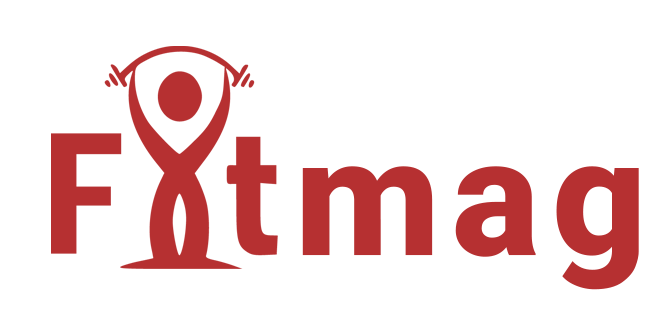The roots of physical training stretch back to the very beginnings of human civilization, and it has yet to be invented.
From the disciplined exercises undertaken by Spartan warriors to the meditative movement practices of yogis, you can find various cultures across history that have understood the value of training the body and mind.
Nowadays, physical training is not just about preparing for battle or achieving physical prowess. It’s a vital tool for achieving overall health and well-being.
In this section, we will discuss physical training and its definition, and we will try to add some examples for a better understanding.
If you are curious about the different types of physical training and how they can benefit you, keep reading to find out more about physical Exercise in the modern fitness world and gain more info on a variety of training examples to steps in a healthier way of living.

What is Physical Training?
Ah, that’s a fantastic question! Generally, physical training is about putting your body through its paces in a controlled and purposeful way.
It’s like giving your muscles and cardiovascular system a workout plan designed to make them stronger, more efficient, and better equipped to handle your daily activities.
If I want to explain more scientifically, I have to ask for the help of modern research, such as a study by Warburton et al. (2020); physical training is a structured program designed to improve your physical capabilities and overall health.
Physical training is often used interchangeably with Exercise and has come a long way from its historical roots, as mentioned in the intro section.
Now, let’s look at some examples of physical training.

What Are the Physical Training Examples?
No matter if you aim to build muscle, improve flexibility, or boost your energy levels and maintain an overall healthy body. You can always find a physical training program out there that is just perfect for you.
Physical training can cover a whole range of activities, from weightlifting and cardio to yoga and Pilates. The specific type of training you choose will depend on your personal goals, fitness level, and interests.

Physical training can be broadly categorized into three main types:
- Cardiovascular Exercises
- Strength Training
- Flexibility Training
Now let’s get into their details:
Cardiovascular Exercises
Cardiovascular Exercise, which is also often called cardio, can strengthen your heart and lungs and improve your overall fitness. There are many forms of cardio to choose from, including:
- Brisk walking or running
- Swimming
- Brisk walking
- Biking
- Dancing
- Jumping rope
Strength Training
The next one is “Strength Training,” which builds muscle mass and strength. You can use weights, resistance bands, or bodyweight exercises like:
- Squats
- Lunges
- Push-Ups
Flexibility Training
Last but not least, we have “Flexibility Training” that helps individuals improve their range of motion and helps prevent injuries. The examples are:
- Yoga
- Pilates
- Stretching
By combining different types of these exercises, like cardio, strength training, and flexibility exercises, you can have a well-rounded workout routine and target specific goals.
For example, you could start with a cardio warm-up, followed by strength training, and then finish with some flexibility exercises.
In the following section, we are going to get more serious about the topic and examine what physical educators think about physical training!

What Is the Definition of Training in Physical Education?
Now, let’s get more professional! In the context of physical education (PE), training refers to a structured learning experience designed to improve an individual’s two important factors:
1. Physical Skills & Abilities
The first knowledge involves developing proficiency in specific sports, like basketball or soccer, mastering new movement patterns like gymnastics or dance routines, or enhancing overall fitness through cardiovascular Exercise, strength training, and flexibility exercises.
2. Knowledge Of Health & Wellness
PE training might cover a wide range of topics that cater to a healthy lifestyle. This could include nutrition, where students learn about the importance of a balanced diet for providing energy for physical training and activities and overall health.
In PE classes, students learn proper exercise techniques to prevent injuries and maximize the effectiveness of various workouts.
Moreover, PE training could address the importance of sleep for physical performance and overall well-being, as adequate sleep allows the body to repair itself and restore energy levels.
We have two main focuses within PE training:
- General Physical Literacy: This prepares students with the fundamental skills and knowledge to participate in various physical activities and develop a lifelong enjoyment of movement. Examples include learning basic skills such as running, jumping, skipping, throwing and catching, and spatial awareness.
- Sport-Specific Skills: Here, training focuses on developing proficiency in a particular sport, like basketball or soccer. This involves learning the rules, strategies, and techniques specific to that sport.
Despite the fact that Physical education training can lay the foundation for achieving peak athletic performance, it is NOT about that!
It’s more about laying a foundational basis for physical movement, developing good habits, and encouraging a positive mindset toward physical Exercise.
Now that we know the definition of physical training, let’s wrap the whole thing up.

All In All, We Can Say That
We have learned that the physical training that we know these days is different from the activities that were done in the past by soldiers to be prepared for war or other mediating movements.
Despite having the same origin, nowadays, we use physical training for our mind and body’s overall health.
You can see the various examples that are categorized in this section and learn more about the different types of physical training and their benefits.
As you can see, the definition of training in physical education is slightly different and more professional.
If you have any questions related to each section, the comment section belongs to you. So, drop any further thoughts and ideas related to the topic and find physical training enthusiasts like yourself.











